How Tire Repairs Affect Speed Rating – Tire Makers’ Opinion
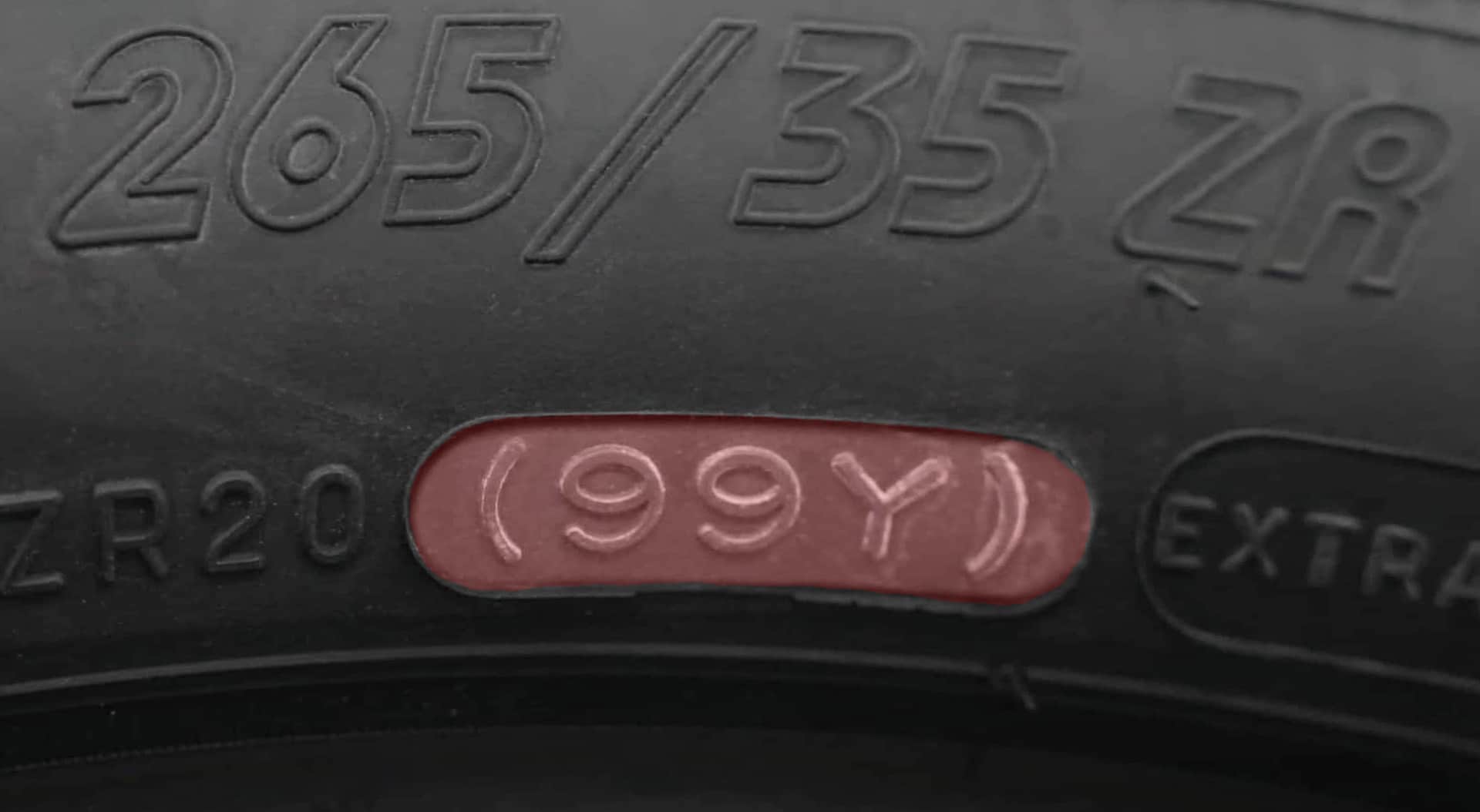
Tire speed ratings were developed in Europe to match the durability of high-speed tires with the unrestricted vehicle speeds allowed on roads like Germany’s Autobahn. Even though the top speed limit in the US is just 85 mph, nowadays many car models are exported globally, meaning that speed-rated tires have become commonplace in America as well.
Speed-rated tires are engineered with special compounds that can handle the higher speeds they were designed for. To ensure stability and shape control, these tires also feature built-in structural reinforcements that make them stronger than regular tires. As speed requirements go up, so do the capabilities of the tire compound and the strength of its internal reinforcements.
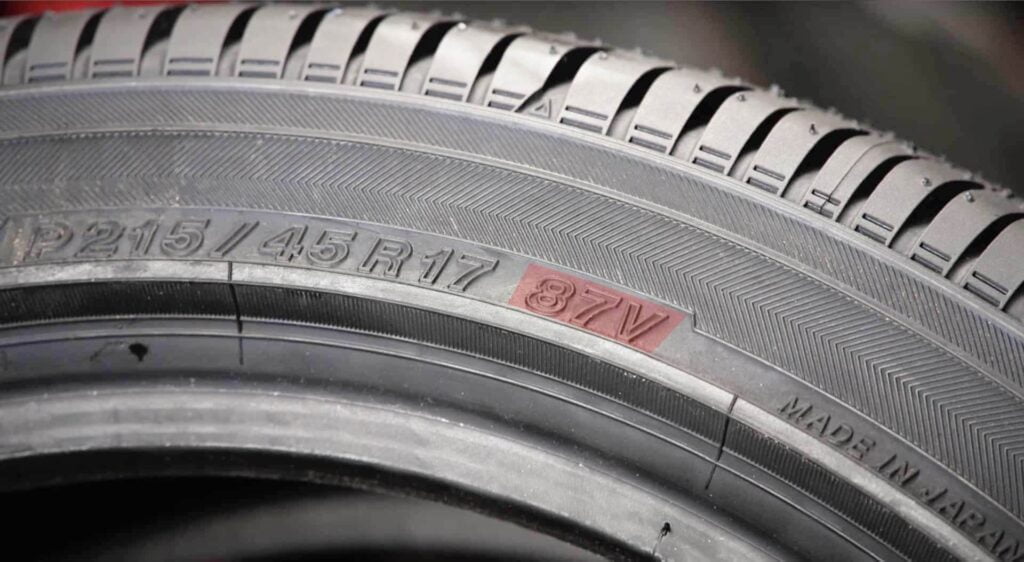
Unfortunately, no matter how resilient the tire compound is or the strength of its internal reinforcements, small screws, sharp nails, and debris from an accident can puncture the rubber and get between the steel belts and fabric cords. This leaves drivers with a slow leak or a flat tire. Now comes the need for repair and different tire manufacturers have different policies regarding tire repair and speed ratings.
Understanding Speed Ratings
A tire’s certified speed rating is given a letter grade, ranging from “A” (the lowest) to “Y” (the highest). Each letter corresponds to a maximum speed that the tire can safely maintain over time.
Speed ratings are typically expressed in letters, with higher letters indicating higher speeds. For example, a tire with a speed rating of “H” is rated for speeds up to 130 mph, while a tire with a speed rating of “V” is rated for speeds up to 149 mph.
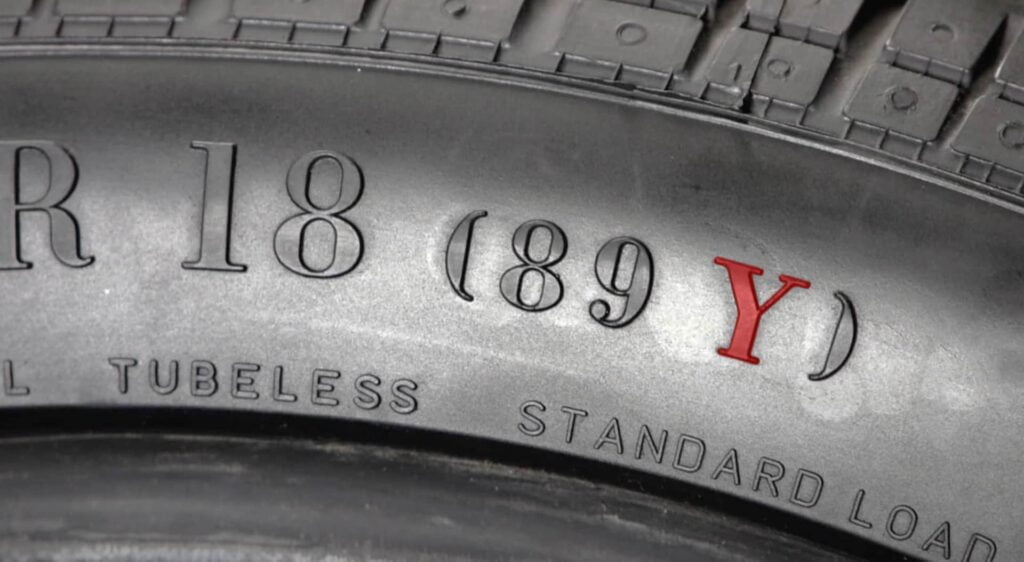
Tire Speed Rating Chart
| M | Up to 81 mph |
| N | Up to 87 mph |
| P | Up to 93 mph |
| Q | Up to 99 mph |
| R | Up to 106 mph |
| S | Up to 112 mph |
| T | Up to 118 mph |
| H | Up to 130 mph |
| V | Up to 149 mph |
| W | Up to 168 mph |
| Y | Up to 186 mph |
Does A Repair Change A Tire’s Speed Rating?
Certain tire manufacturers allow a punctured tire to be repaired and kept under its original speed rating, so long as it passes a detailed exterior and interior inspection. To do so, the tire must go through the multi-step procedure specified by the U.S. Tire Manufacturers Association (USTMA).
Factors that determine a tire’s speed rating
The most important factor in determining a tire’s speed rating is its construction. The materials used and the way they are put together affect how well the tire will perform at higher speeds.
Tires with stiffer sidewalls and thicker treads tend to have higher speed ratings, as do those with reinforced belts or other special features designed to increase stability at high speeds.
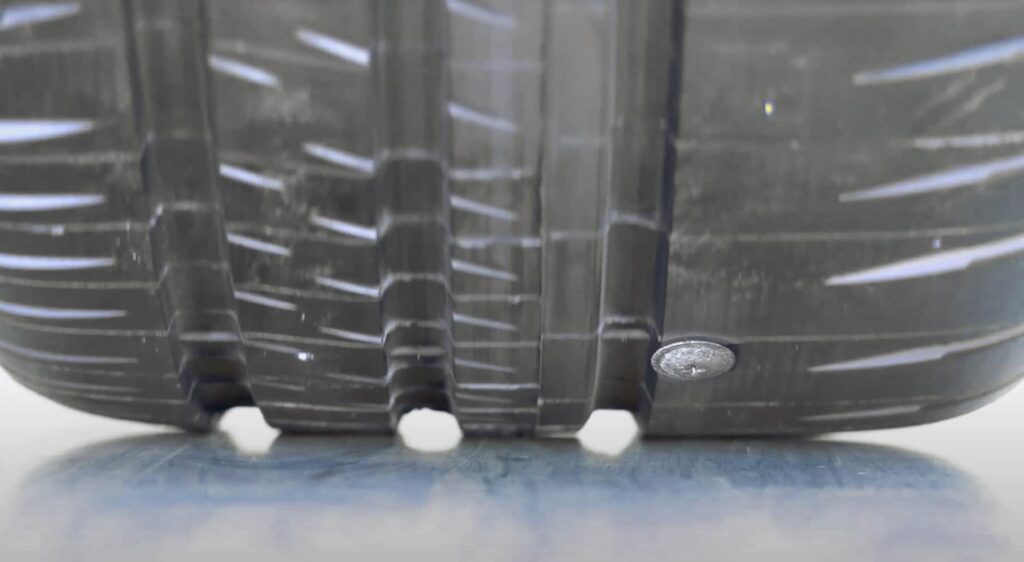
In addition, the size of the tire also affects its speed rating. Generally speaking, larger tires tend to have higher ratings than smaller ones due to their increased contact area with the road surface. This helps them maintain better traction and control even at higher speeds.
Finally, it is important to note that different manufacturers may rate their tires differently, so it is always best to check with your manufacturer before purchasing new tires for your vehicle.
Tire Repair Methods
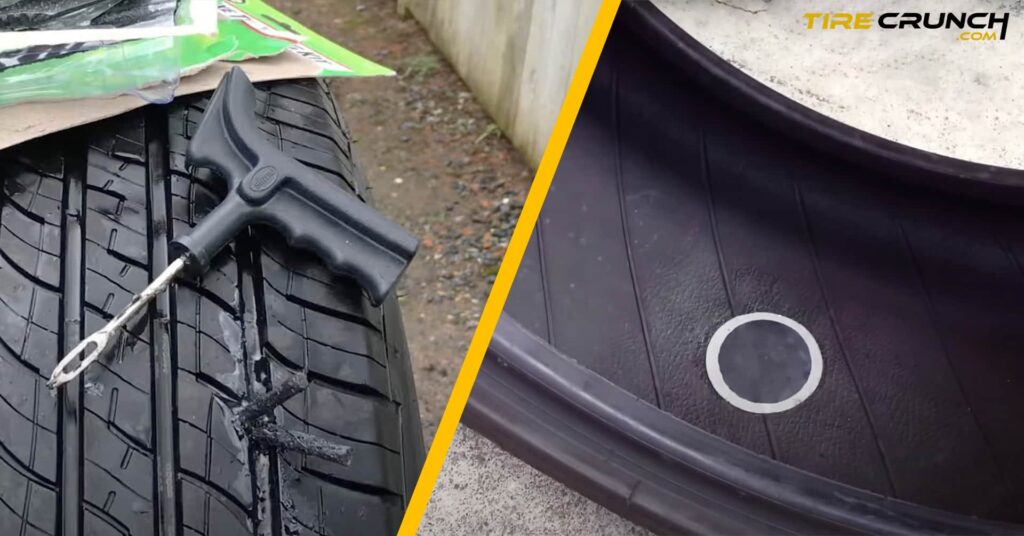
The most common tire repair methods are plug-only, patch-only, and combination repairs. Plug-only repairs involve inserting a plug into the puncture to seal it, while patch-only repairs involve placing a patch over the puncture from the inside of the tire.
When it comes to patching, one of the main advantages is that these create a more reliable seal because they cover the entire area around the puncture. However, patching can be more expensive than other repair methods because it requires special equipment and training.
On the other hand, plugging has some advantages too. Plugs are often cheaper than patches and simpler to install since they don’t require removing the tire from the rim. However, plugs may not last as long as patches and can become dislodged at high speeds, posing a safety risk.
Conclusion
Proper tire repair procedures are essential to maintain the integrity and performance of a tire. When repairing a flat, it is important to use professional products and techniques from the inside in order to ensure that the repair will not weaken the tire’s structure and compromise its speed rating. In some cases, it may be necessary to replace the tire entirely if it is not possible or recommended to make repairs.
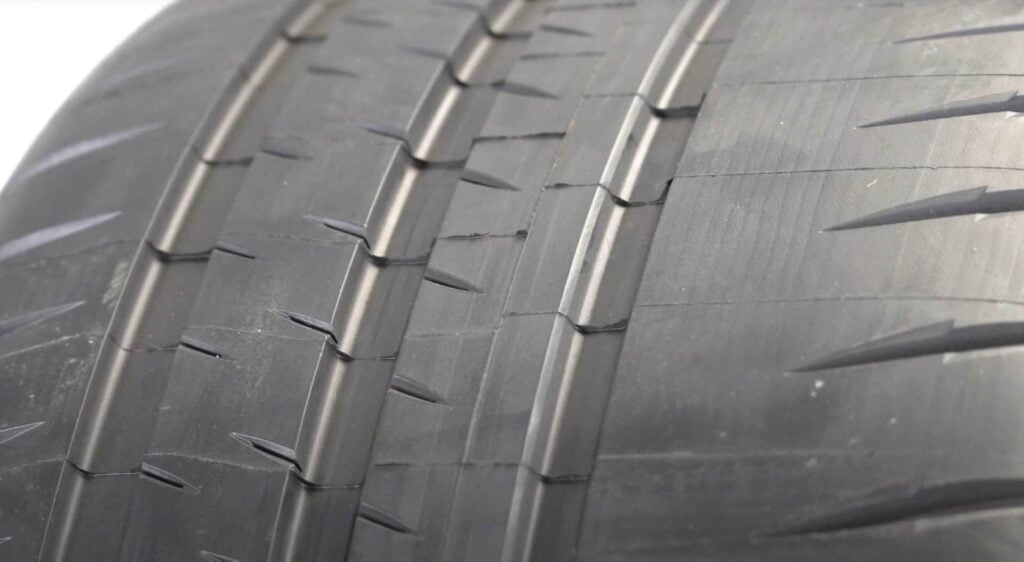
If you choose to keep a repaired tire on your car, it is advisable to move it to the rear position so that it can take less stress and strain, particularly if your car is front-wheel-drive. This will help minimize any potential risk of loss of control should the tire start losing air again.
We agree that a repaired tire should not be considered to maintain the factory speed rating, as repairs can interfere with the tire’s structural integrity and compromise its performance. Therefore, any tires that you plan to use for high speeds or for racing should not be repaired tires.
